The word rubra means red or reddish and in some cases just darker.
Most bromeliads have this red form in nature and also show it in cultivation.
Some species are only known by its rubra form, being non existent in a green plain one form.
Most rubra forms take long to show it is a red one and normaly this won´t happen until adulthood.
Some, meanwhile soon show off their reddness even while seedlings.
The sooner they show their reddish the more intense this will be.
Red form or rubra form is not a red phase. A red phase is not a stable one but a temporary
one and in most cases something due to environmental conditions as dryness or a toofiercy insolation
or even both things combined.
A rubra form once shown will never fade away as does a red phase once the water is got bach to it
and the Sun gets into a little less scorching mood.
Some rubra forms are so triking we tend to let asside the plain common form.
Scientific descriptions also fail to descrive rubra forms and even red phases as normaly
taxonomists take Dyckia for any other commom plant forgetting to follow the entire
cycle of a Dyckia in Nature or even under cultivation.
Many, many mistakes were committed on Dyckias when they were taken as a plain violet or even an ususal bromeliad. Dyckias normally foolish the least attemptive taxonomists.
Dyckias are the last plants to be known by Science, entrepeneurs, hobbyists, gardeners and plant lovers. Most Dyckias just begun to be seen by mortal eyes when brought from almost unreacheble places by cacti and orchid lovers.
Dyckias are so hidden or out of reach in nature many will continue to be unnoticed.
Some Dyckias grows in such unacessible places we just get to know some
individuals fallen from the nude rocky cliff by tempests and their winds.
All in all sure thing is we have almost all to be known when Dyckia is the goal of a reasearch.
Until the year 2000 Dyckias were taken as stray plants, those one found when someone was looking for cacti, orchids and even other bromeliads.
Dyckias missed attention and only when somebody stepped on then they came to
be known by the common vulgar eyes.
Now Dyckias are taken more seriously and they are coming out from wilderness, getting down the mountains, getting detached from rocky clifs to be known and understood.
They are taken as a last frontier and we are to Dyckias now as those guys were to orchids two Centuries ago.
We are just 200 years late! We just begun to unfold the curtains on Dyckias...
... and there is no doubt...Dyckia may be astonishing dazzling...




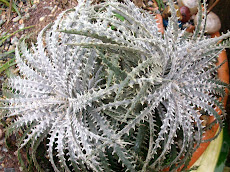



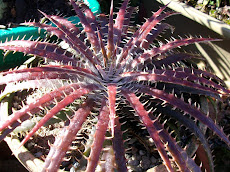
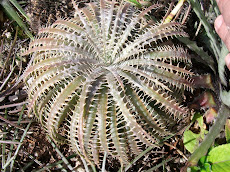
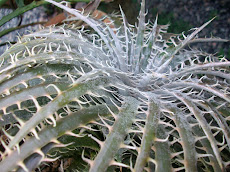

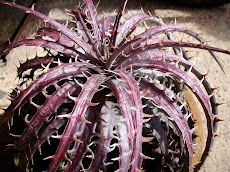

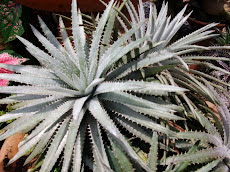

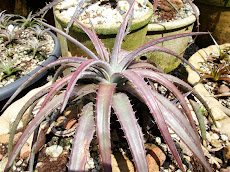
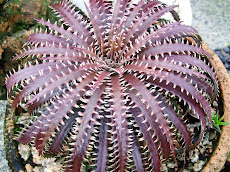

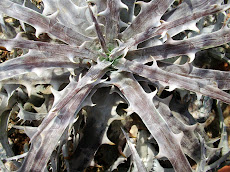
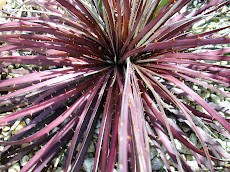
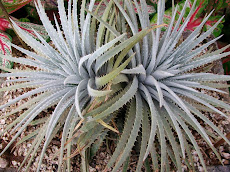
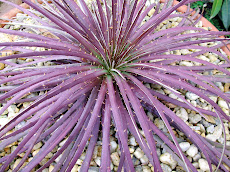
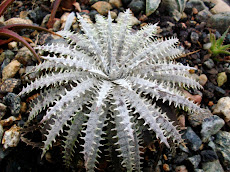
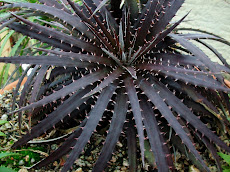
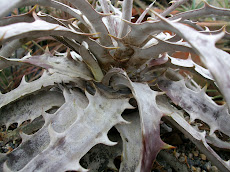

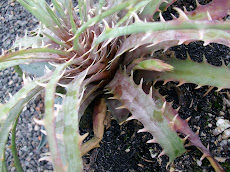

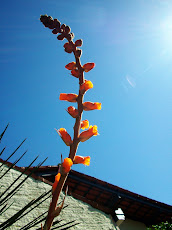
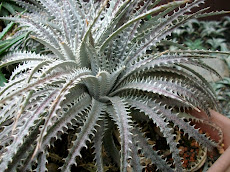

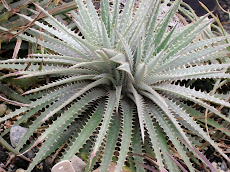
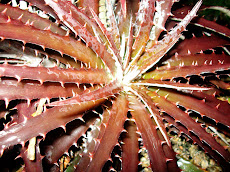
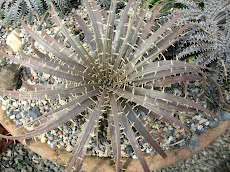

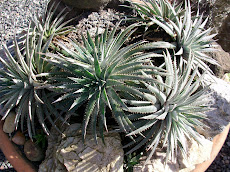
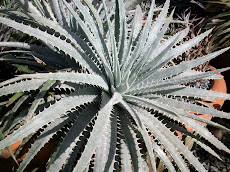

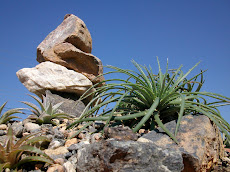
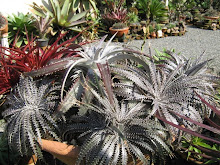
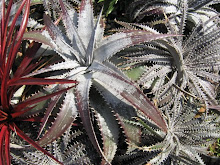
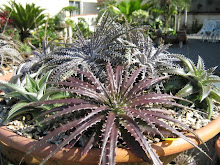
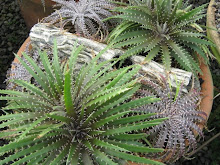
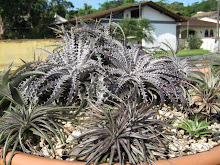
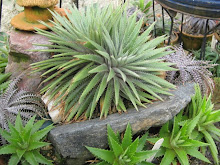

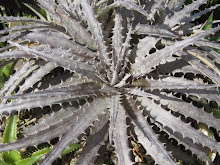
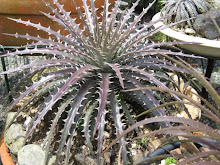
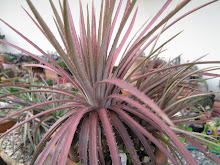

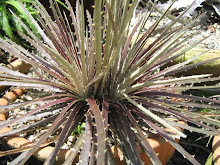
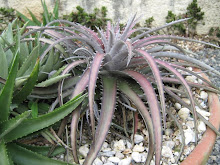
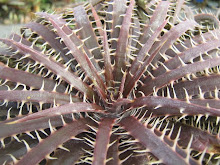



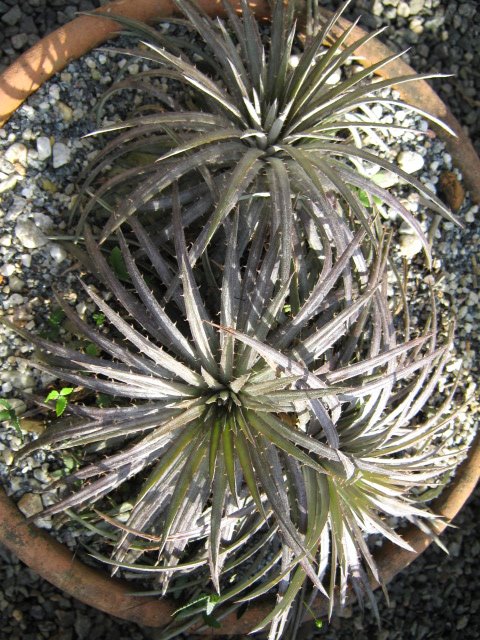
No comments:
Post a Comment